2020 Nissan Versa First Drive - A Step Up

Nissan’s Versa was previously known for one thing – being the cheapest car you could buy.
That will no longer be the case with the 2020 Nissan Versa.
An increase in price, however modest, should, in theory, correspond with an increase in quality and/or performance. The previous generation had little to recommend it beyond its bargain-basement price. Nissan is aiming to change that – the redesigned Versa will cost you more, but there’s improvement on offer.
(Full disclosure: Nissan flew me to Nashville, fed me, housed me, and offered up some gifts – coffee, Bluetooth speaker, juice – that I left behind.)
The Versa’s packaging is simple. There’s just one engine, a 1.6-liter four-cylinder that makes 122 horsepower and 114 lb-ft of torque. You can get a five-speed stick in the base S trim, but otherwise the 1.6 pairs with a continuously variable automatic transmission.
There are three trims available – base S, mid-grade SV, and top-line SR. Versa remains front-wheel drive.
Nissan tossed me the keys to an SV and sent me and another journalist to roam around suburban Nashville. Once on the road, the Versa’s flaws become apparent. It’s not quick (plan merges carefully), the engine is loud, and the steering has an odd disconnect just off-center. Cornering isn’t particularly fun, and there will be understeer.
There are some redeeming qualities here. Off-center weirdness aside, the steering is well-weighted and offers good feedback. Ride quality is surprisingly smooth for a car of this size and price point, although I suspect that the generally good quality of the middle Tennessee roadways had something to do with that.
Versa has a plain yet handsome exterior look. It’s no head turner, but it gives off a “looks more expensive than it actually is” vibe. And of course there’s more than a passing resemblance to the brand’s larger Altima and Maxima sedans. I did notice larger than expected panel gaps along the hood.
Inside, our SV tester had a nice-looking white dash treatment, but the materials felt downmarket. The upper dash is made of hard plastic, and the headliner is of the so-called “mouse fur” genre. Not surprising, at this price point, but it’s a reminder that you’re driving basic transport with little fuss, little muss.
That doesn’t mean an absence of thought went into the controls. The infotainment screen neatly integrates into the center of the dash, the HVAC controls are easy to reach and use, and the instrument cluster is partially digitized. A D-shaped steering wheel is meant to lend a sporting feel.
While some materials give away the game, the cabin is mostly pleasant – and worlds better than the vehicle it replaces. Nissan’s so-called “zero gravity” seats are plenty comfortable, and while engine noise did intrude, wind, tire, and road noise did not.
I was able to squeeze into the rear seat OK, but it will be a tight fit for long-legged adults, and entry/egress wasn’t as easy as I’d like.
Price bump aside, the content mix isn’t skimpy. Standard features include automatic emergency braking with pedestrian detection, cruise control, rear automatic braking, lane-departure warning, high-beam assist, automatic headlights, rearview camera, push-button ignition, hill-start assist, 7-inch audio/infotainment screen, three USB ports, Bluetooth, Siri and Google voice recognition, zero-gravity front seats, 15-inch wheels, and power windows and locks. That’s $14,730 for the manual and $16,400 for the CVT (all prices exclude the $895 destination fee).
Get the SV, and you add blind-spot warning, rear cross-traffic alert, driver-alert warning, rear-door alert, Apple CarPlay and Android Auto, satellite radio, steering wheel controls, body-color mirrors and door handles, and 16-inch wheels. All this for $17,640.
SR adds, among other things: remote start, automatic climate control, LED headlamps, fog lamps, black-painted heated outside mirrors, dark chrome grille, trunklid spoiler, unique interior seat trim, leather-wrapped steering wheel and shift knob, and 17-inch wheels. Price? $18,240.
Some SV paint colors will set you back an additional $395, while a $300 Convenience Package for the SR adds heated front seats and smart cruise control.
Fuel economy is rated at 27 mpg city/35 mpg highway/30 mpg combined with the manual, and 32/40/35 for the CVT.
Nissan faced a choice with the 2020 Versa – keep the cheapest car title, which undoubtedly introduced people on the lowest end of the new-car market to the brand, or improve the Versa to make it more than a little nicer while also asking a bit more in terms of asking price. The brand chose the latter.
I asked the PR team about this. After all, if shoppers who could only afford the cheapest transport possible bought the previous Versa because it was the best way to get a new car with relatively little cash outlay, wouldn’t some of these buyers perhaps choose more-expensive Nissan products as they earned more money over time? Certainly some buyers would be impressed by the brand and/or the dealer experience and become brand loyal.
Perhaps unsurprisingly, Nissan believes that same scenario will play out even with the higher price of the 2020 Versa.
“We are focused on providing great value with standard safety equipment and features that customers want in the entry segment. This approach will lead to more satisfied customers who we will work to keep in the Nissan family for years to come,” spokesperson Brian Brockman told me.
The next Versa is certainly a large improvement over what came before. Sure, the bar was a low one, but that doesn’t matter – the new Versa will provide satisfactory basic transit for those who don’t want to spend much on an automobile.
Is Versa a blast to drive? No. A subcompact sleeper? No. But the overall experience is fine. You won’t impress the in-laws, but if you need a commuter car and just want the basic at a relatively low price, you’ll do just fine with this one. It’s better on-road than the Kicks hatchback, which also uses value as its main selling point.
If you need cheap wheels, you could do worse. The Versa is now about on par with Hyundai’s Accent and Toyota’s Yaris sedan. It’s lower, longer, and wider than its predecessor, as well as better-looking. It also has a bit more power.
No one will ever call the Versa a great automobile. But for the money, and for the class, it will fit in well despite some obvious flaws.
Yes, it costs more than before. But you get what you pay for. Which, in this case, is a step up from the previous car.
Hard to ask for much more than that when discussing basic transport.
[Images © 2019 Tim Healey/TTAC]

Tim Healey grew up around the auto-parts business and has always had a love for cars — his parents joke his first word was “‘Vette”. Despite this, he wanted to pursue a career in sports writing but he ended up falling semi-accidentally into the automotive-journalism industry, first at Consumer Guide Automotive and later at Web2Carz.com. He also worked as an industry analyst at Mintel Group and freelanced for About.com, CarFax, Vehix.com, High Gear Media, Torque News, FutureCar.com, Cars.com, among others, and of course Vertical Scope sites such as AutoGuide.com, Off-Road.com, and HybridCars.com. He’s an urbanite and as such, doesn’t need a daily driver, but if he had one, it would be compact, sporty, and have a manual transmission.
More by Tim Healey
Latest Car Reviews
Read moreLatest Product Reviews
Read moreRecent Comments
- ToolGuy TG grows weary of purchasing gasoline. I don't care so much how or why, I am just tired of it. I still buy petroleum products, not 'boycotting oil,' but backing away from gasoline where I can. Sample size = 1.
- Probert Maybe it's not too late for the Dodge Neon I've always dreamed of!!! To the keyboard Robin!
- Akear The malibu still outsells all GM EVs combinedMalibu -150,000GM EV's - 75,000Maybe this represents how execrable GM EVs really are. Barra should have resigned years ago,
- Fred Short term bean counters give up the market and long term players gain shares.
- KOKing I thought they quit making it 3yrs ago so... no?





















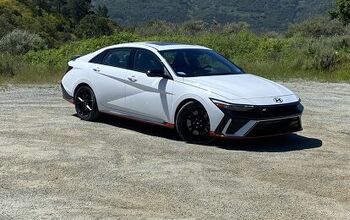
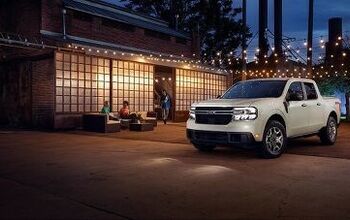
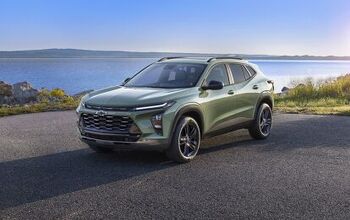
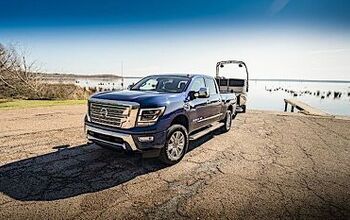
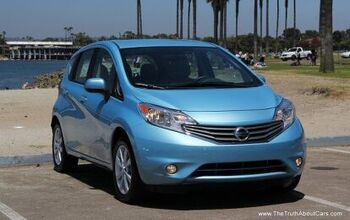
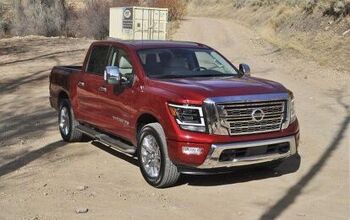
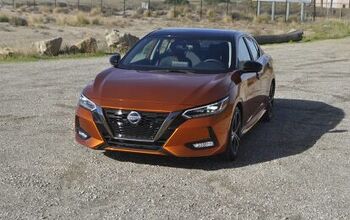
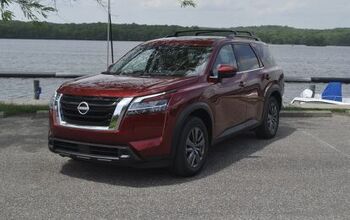
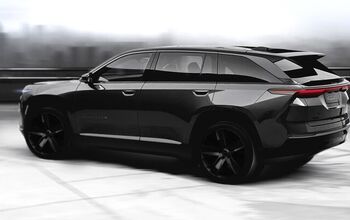


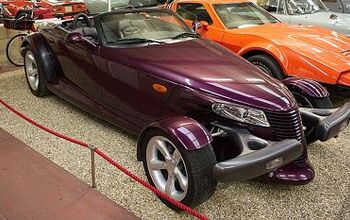
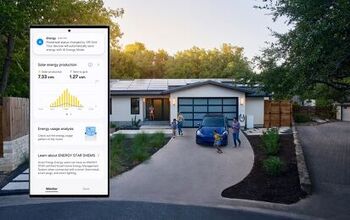
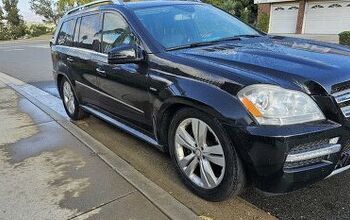
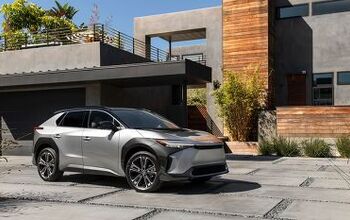

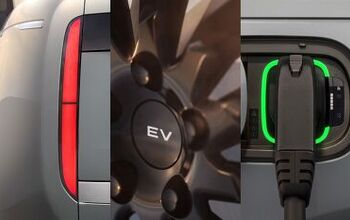
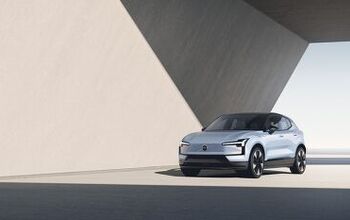
Comments
Join the conversation
Styling alone is a big improvement. With Accent Limiteds stickering for well over 20K and Elantra's reaching 27K the pricing of the Versa isn't bad at all. What is curious is if rear legroom has shrunk in the redesign with the comments that were made about it being a bit tight.
My son, a recent high school graduate, for whatever reason, associates Nissan Versas with potheads and campus drug dealers.